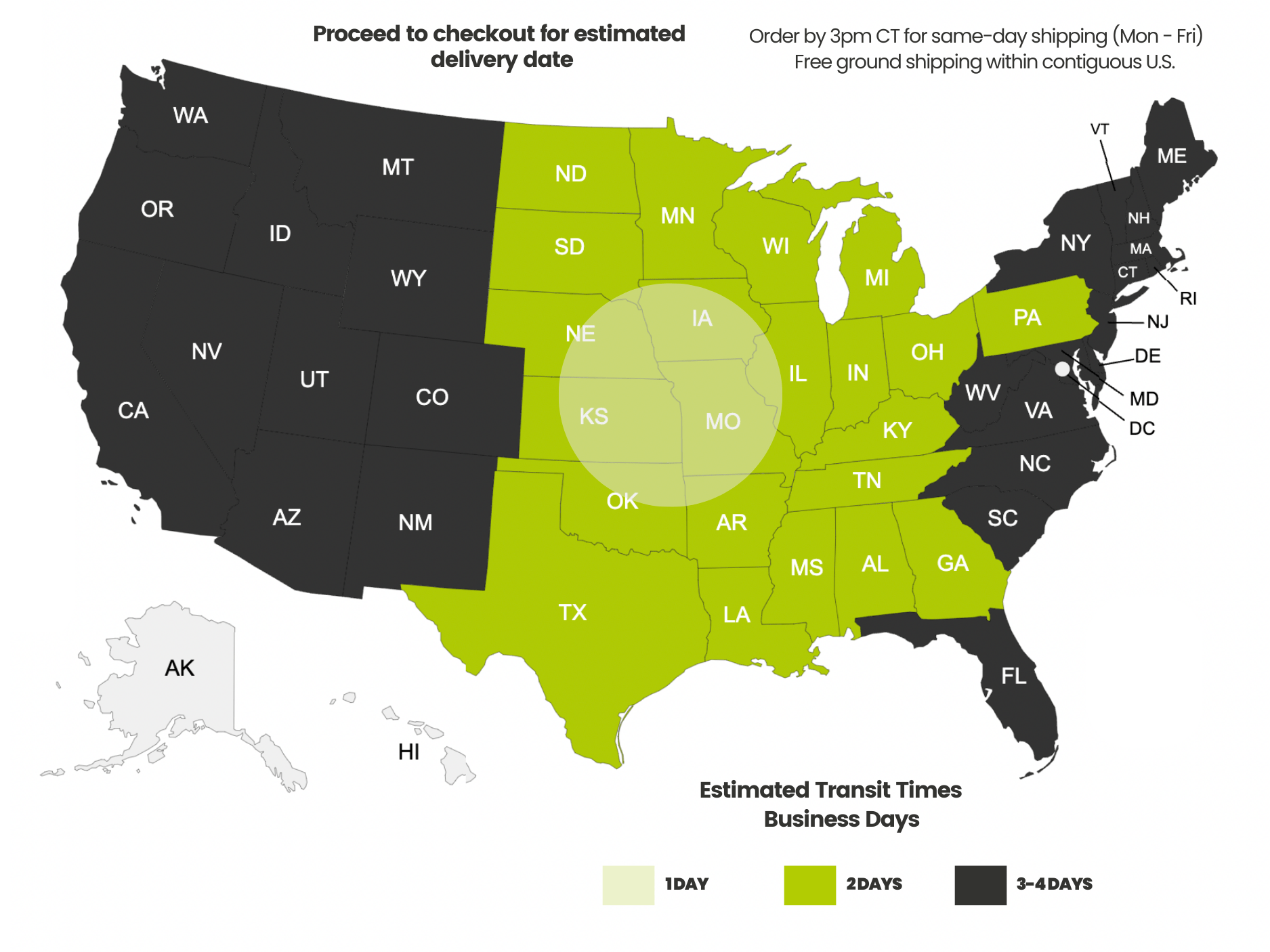Payment methods accepted

Shielded Ethernet with Unshielded Hardware - Don't Do It!
Written by Don Schultz, trueCABLE Senior Technical Advisor, Fluke Networks Copper/Fiber CCTT, BICSI INST1, INSTC, INSTF Certified
One of the most important things to realize when terminating shielded Ethernet cable is that in order for the cable shield to function properly it must be terminated in such a way that it can drain off to ground. What are the risks if you don’t properly terminate your cable shield?
- Ineffective or non functional cable shield (you just wasted money!)
- Floating cable shield that may function as a source of interference or attract unwanted interference (rare, but it can happen)
The process of making a low resistance electrical connection to ground is called bonding. A more appropriate way of characterizing this is bonding to ground. Typically, this is done via your existing AC system ground. In your home or business, there is an electrical system that (should) be equalized to earth with a grounding electrode. Grounding electrodes are usually ground rods. For extremely detailed information about how to complete a bond to ground in a residential or small business office setting, please see Residential Bonding and Grounding of Shielded Ethernet Cable Systems. For more advanced commercial installations you will want to take a look at Commercial Bonding and Grounding of Ethernet Cable Systems.
The Right Way
In the process of terminating your Cat6A Shielded Riser cable, for example, the cable shield is bonded to your termination hardware and the termination hardware literally functions as an extension of the cable shield. How does this work? Well, it can look different depending upon the termination hardware and accessories that you are using, but we will use a Cat6A Shielded Tool-Less Keystone Jack as a reference point.

Shielded Ethernet cable. Cable shield and drain wire folded back to make metal to metal contact with the shielded keystone jack.

The exterior of the shielded keystone is now literally functioning as an extension of the cable shield. Using a shielded patch cord continues this bond, and so does using a shielded toolless patch panel.
The Wrong Way

Unshielded Cat6A keystone jack. There is no provision to terminate your cable shield.
Will using an unshielded keystone jack work at all? You will be able to pass data, yes. That said, you won’t have any way of bonding your cable shield to the termination hardware and therefore no way of bonding the shield to ground. What could go wrong? That is up to Murphy’s Law.
So, there you have it! A quick blog and video demonstrating the correct way to terminate shielded Ethernet cable. Remember, Ethernet cable installations are systems and all parts of the system must be installed properly to achieve an effective and efficient structured cabling system.
HAPPY NETWORKING!!
trueCABLE presents the information on our website, including the “Cable Academy” blog and live chat support, as a service to our customers and other visitors to our website subject to our website terms and conditions. While the information on this website is about data networking and electrical issues, it is not professional advice and any reliance on such material is at your own risk.




























I have not been successful in finding definitive answer to this question. I have shielded cat6a runs to bonded (grounded) patch panel with shielded keystone jacks (all purchases at True Cable, thank you).
I understand that I do not need shielded cable from patch panel to switch.
I planned to use shielded jacks at wall plates.
Question: Should I use shielded or unshielded cable from wall jack to devices (computers, etc.)? I find differing answers online. Some say to only ground at one end (patch panel), else might create ground interference and others say to ground both ends to complete ground through the ground of the device electrical cord.
Thank you
Hello! I understand your frustration. The reason you see different answers is due to different installation needs, requirements, and even possible issues. Generally speaking, if your shielded cable is bonded at the patch panel to ground, you are good to go. You don’t need to use shielded patch cords anywhere, including at the remote outlet. The reason being that most of the time you don’t actually benefit from it, especially if the equipment does not use a 3 prong AC grounded power plug. All you did was spend more on cable, and now it is less flexible to boot as a bonus. You do risk a possible ground loop situation if you use remote shielded patch cords with devices that have three prong AC power cords if your remote bonds to ground are at a different potential than the bond to ground at the patch panel, so unless you have a way of confirming you do NOT have this possible issue you are best off to skip the shielded patch cords. Shielded patch cords at the patch panel > switch side also make cable routing and bundling much more difficult. Unshielded patch cords make this process a lot easier, especially the 28AWG ones. I hope that helps!